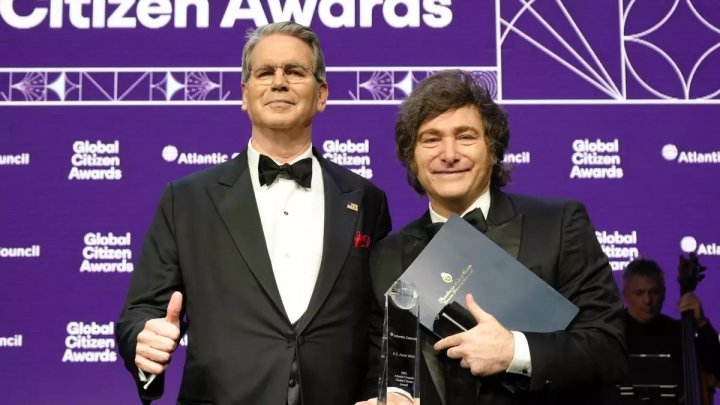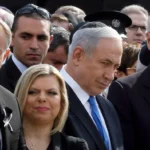
The government of mercy maintains the greatest secrecy regarding financial operations and trade agreements with the United States. The recent history of the US$20 billion swapthe activation of the same for Argentina’s payment to the IMF for US$ 800 million, the sale of dollars by the North American Treasury to intervene in the price of the currency in the run-up to the elections and the main guidelines of the trade agreement with said country, are only reconstructed from official information from the US and estimates from private consultants based on data from the Central Bank.
The information that emerges is just the tip of the iceberg of what they want to hide: economic and political conditionalitiessecret clauses, negotiations, consequences for Argentine society, among other issues. However, what is known is sufficiently illustrative.
The reconstruction of the events
1) The US “rescue” On October 9, when the Argentine Treasury was burning dollars to support the price and then the Central Bank had to do so when it reached the ceiling of the band, the concrete rescue of the North American government to the Milei government appeared. Through a tweet, the North American Secretary of the Treasury announced intervention in the local market with an unprecedented direct purchase of pesos (injection of dollars), which would have happened through a private bank. Likewise, he confirmed a US$20 billion swap.
2) How many dollars did the US inject? After days of intervention without exactness about the form of North American operations in the country, the consultants began to identify “Scott’s Money Trail”. Between October 9 and 25, it is estimated that the North American Treasury purchased Pesos for an amount close to US$2,000 million.
3) Where did those pesos go? In a special report, the consultant 1816 stated that “thanks to the weekly balance of the Central Bank we learned that the Pesos were invested in BCRA Bills until October 29 inclusive.” Scott also bet on “carry trade” (short-term speculative gains with State or Central Bank bonds).
4) Bird that ate, flew: After the elections in which Trump’s “blackmail” partly worked so that Milei could win, the markets plunged into euphoria and the dollar began to fall. The North American Treasurer considered that it was time to exit his investment. He had bought “cheap” pesos at an average of $1,471, and then sold them more “expensive” at $1,433.7 when the dollar rate was low. With the difference he made about US$53 millionaccording to the calculation of the same consulting firm. But also, by having left his investment in the BCRA Bills, he obtained an additional return. In total, he pocketed a profit of US$70 million. And he decided that he had to “exit”, taking with him the US$2,000 million invested and his profit.
5) The swap comes into action. As the Argentine government is in a crisis of reserve accumulation, which leads it directly to request a “waiver” (forgiveness) with the IMF at the end of the year, the question arises from where Scott obtained the dollars to take his investment and his profit from the country. The solution is provided by the same executioner: from the swap that the US granted to Argentina. In other words, a debt has now been generated for the latter with the North American country. “The BCRA had gone from owing Pesos to the United States to owing Dollars”he sentenced 1816. None of this came to light. The national deputy of the PTS-FITU Christian Castillo presented a request for reports to the Executive to detail all the conditions of the swap and its activation. Radio silence.
6) That’s not all: the IMF debt is added. Through official information from the US government, it was learned last Friday that Argentina was also able to pay the maturity of US$ 798 million to the IMF with money from the swap that the United States lent it.
In total it is estimated that this was activated for about US$2.5 billion. Therefore, of the initial US$20 billion of the swap, Argentina has already used 12.5%. At what cost?
Scott Bessent had no qualms about admitting it: in his own words, “the US government made money” from this swap, unlike other bailouts in which losses are usually socialized.
But also, the interference of imperialism has centrally the interest of the US government in rescuing the investments of North American companies in the country, as well as maintaining a firm footing in Latin America, important in its dispute with China, whom it intends to displace in the areas of technology, communication and energy.
“Argentina has rare earths and uranium,” and “this is not a rescue, it is buying low and selling high,” Bessent continued tweeting.
In self-defense, the Argentine working people must denounce the electoral pact of surrender to the US, break the submission agreement with the IMF and impose the non-payment of odious debt with a great popular mobilization.
Source: www.laizquierdadiario.com

